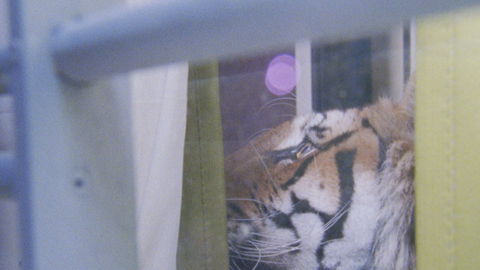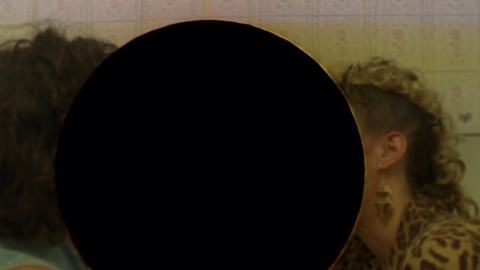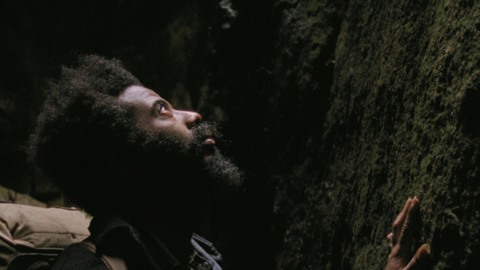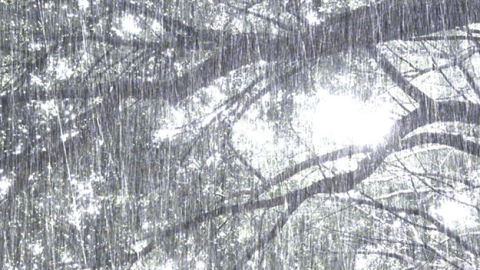NYFF Interview: Ana Vaz
Brazilian artist Ana Vaz is this year’s recipient of the Kazuko Trust Award presented by the Film Society of Lincoln Center in recognition of artistic excellence and innovation in her moving-image work. Vaz’s Occidente, which won the Grand Prize at Media City Film Festival and Fronteira International Film Festival, screens in the New York Film Festival’s Projections section on October 2 and 3.
Vaz’s 15-minute short-form work oscillates between 16mm film, HD video, and an array of formats in appropriated footage. With a speculative gaze, Occidente observes the colonial threads that bind Brazil and Portugal. Images of Lisbon’s maritime life, extreme surfing, kitsch dinnerware sets, and the city’s iconic Praça do Comércio, composited through Google Street View, together serve to signify a turbulent relationship. Projections co-curator Aily Nash spoke with the Paris-based artist last week by phone.
In Occidente, you question the post-colonial relationship between Brazil and Portugal. But I see the film as simultaneously enunciating the concerns of the Anthropocene, a perspective that flattens the distinction between the cultural and the natural. You draw attention to these sites of imbalance, and the seams and emblems of unrest, perhaps suggesting an imminent break. What’s the relationship between this ecology of signs related to post-colonial discourse and that of the Anthropocene?
There is certainly an interdependent relationship between colonialism and the Anthropocene. We could say one accelerates and feeds the other, and its impact is systemic. Facing our creeping ecological ruin, we are begged to radically reconsider and analyze our relationships and activities, our vices and modes of living—this is at the heart of post-colonial discourse and something Occidente keenly speculates upon. I like to argue, along with many other thinkers, that the Anthropocene begins with the arrival of Christopher Columbus in the Americas, which is the consecration of the European project, the Occidental project. So with Occidente I was thinking about what the so-called “discovery of the Americas” posed as an identity problem, both internally and externally. The backbone of Occidente is anchored in an Anthropophagic mode of thinking. Oswald de Andrade, author of the Anthropophagic Manifesto, is said to have “discovered” Brazil from afar. “From the top of an atelier in Place de Clichy, he discovered his own land,” writes Paulo Prado about de Andrade. So this reverse perspective is something we find at the basis of his theory of “devoration,” a theory that borrows from the cannibalistic rituals performed by Brazilian Amerindians, which stunned the European settlers from their very first contact.
And so very much under this rubric of “who devours who?” I went to Lisbon to shoot Occidente as a kind of reverse ethnography. I wanted to imagine the opposing trip: from the Americas into the coast of Europe, from Brazil into the port of our historic colonial administrative centre, Lisbon—an eating-up of our European roots, a ritual of devoration.
The film looks for the elastic tensions between spaces and gestures, people and social environments, animals and rites, botanic displays and museum displays, in this sense very much under this flattening you suggest between the cultural and the natural. I see Oswald’s Anthropophagic proposition as a method for a constant de-colonization of our modes of thinking, and under this logic the paradigm that opposes culture to nature is another imperative to be de-naturalized, de-colonized. So Anthropophagy is a negative philosophy that begs us to ingest our enemy only to subvert any imperial logic, any imbalance between self and other, in order to become with and within this enemy-other. So yes, to answer your question about the Anthropocene and its relationship to this (post)colonial cosmology that we are confronted with in the film, there is certainly a destabilizing logic at work, in which things are at once put in conflict and contradiction with one another, in a constant dialectic of “who colonizes who?” This is what the denomination of the Anthropocene begs us to do, to re-define our relationships in order to un-tie the naturalized binds of the Western project of domination and destruction, exclusivity and property, exploitation and exhaustion. “Life is pure devoration,” de Andrade claims in “The Crisis of Messianic Philosophy,” and I think Occidente is a film about cycles of devoration.
The European crisis which had Portugal as one of its main protagonists had me thinking about these processes of devoration and reversals. It was noticeable how Portugal was inviting its former colonies to return and inject force and vigor into their economy and social fabric, offering European passports to Brazilians who could buy property in Lisbon, and rich Brazilians entertaining the bankrupt Portuguese aristocracy, and so I felt this uncanny situation would be an interesting backdrop for this film. This is condensed, particularly in the lunch scene where the Anthropophagic question returns, the question of where to sit around the table, and of “who eats who.”
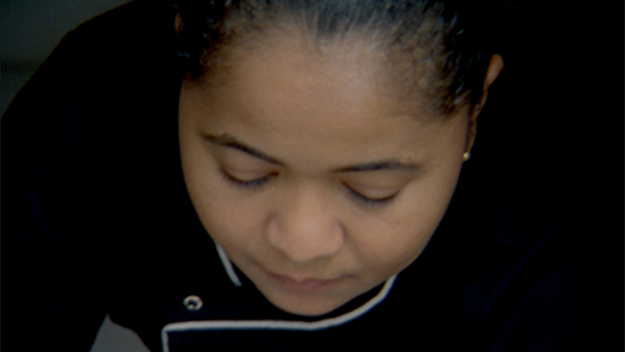
In this recurring meal scene you focus our attention on the looks and gestures of both the diners and servers. Was this a scene you constructed in order to explore the idea of “who eats who”?
Yes, I was interested in observing the social rite of the table and its codes, interested in the politics of social celebrations and interactions. What happens with this kind of cinema is that even if shot in an unscripted and documentary fashion, all subjects are fully performing their unscripted characters—it is a question of framing but also a question of fulfilling a role, performing ones’ otherness. There was no need for directions, roles, or a description of what the scene could signify, but there was a silent and common understanding of what it could be, and quickly the glasses clinked and the laughter broke. The only character who anxiously doubts her performativity is Lis, who chooses to dress as a 19th-century maid, but who continuously confronts the camera and denounces my voyeuristic presence. This model of servitude is a European invention imported to the colonies; the difference is that there it remains, while in Europe it is mostly looked down upon because they could put in place social reforms that ended this mode of servitude. So it is as if the scene performed and parodied a past that the “advanced and socialist” Europeans don’t really want to see. I feel that the scene is unsettling to watch for all these reasons, and Lis seems to be the only character trapped in the anxious feeling of a double alliance: is she to protect herself or her patron? To perform her Otherness or to admit to the ridicule of the celebration? To eat or to be eaten? I think that that confrontation of her gaze with the camera, something that I could never have scripted, not in the way that it happens, ends up being the crux of the film—a speculation upon a gaze.
I would go further and say that in keeping with its Anthropophagic appetite, Occidente is not only a film about masters and servants. It’s not at all a film that stagnates at the paradigm between oppressors and oppressed—a Marxist reading would not suffice. To cite Oswald again: “Marx reduced the abstractions of German metaphysics to accounting.” I think the film tries to transform the ‘taboo into totem’, to unravel the vegetative state of the elites and transform social reality into a metaphysics.
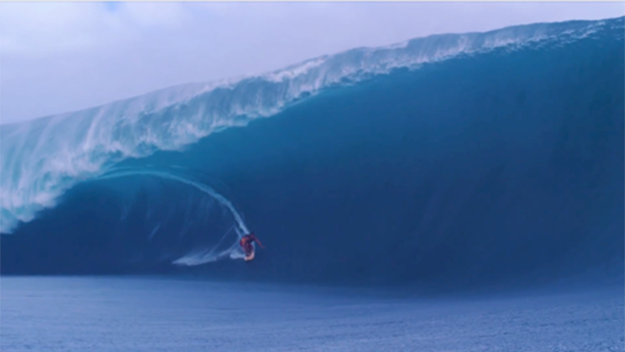
In the text you wrote on Occidente you say: “To be ethical is to be anxious and this is the anxiety of the ethnographer or the anthropologist, the anxiety of history, the threat of shining too much light or casting too much shade—the anxious movement of ethical thinking.” This anxiety is deeply felt in the film, an unease that expresses itself through restraint and speculation, and in your words “a speculation upon the gaze.” We’re constantly destabilized, and the perspective is shifting, our sense of time is altered. Is this anxiety built into the film and generated through a formal strategy?
This question around anxiety has been something I have considered for a long time. The original sentence is: “Anxiety is the mode par excellence of ethicity,” articulated by the American philosopher Avital Ronell. She speaks about the fact that any political, personal, or social discourse that is so affirmative, so self-assured as to not leave any room for doubt or anxiety is bound up with the threat of irresponsibility, of a lack of ethical engagement. She adds that “the moment you think you know the Other, you are ready to kill them,” and I think this idea was foundational to the kinds of questions I was interested in exploring. The conceptual work that I developed when I was younger was very much bound up with radical feminism as a mode of critical thinking, and this method of inquiry necessitates this state of confusion, this lack of any possible mastery, this necessity for constantly shifting and re-configuring of one’s gaze, a certain elasticity of thinking that refuses binary logic. And to escape binary thinking, we are necessarily in a constant state of anxiety, of a neither-this-nor-that entirely, neither one nor other, but always at least two. And it is this in-between space, this shadowed space of both light and dark, of sun and moon, of here and there, that I tend to work from, always feeling there is something which escapes. In Occidente no one speaks. You see my hands in the film but they appear in very odd shots. They’re not really guiding you. I’m not pointing at anything. I’m not giving you an answer. More than anything, I’m trying to create new relationships between objects and spaces, but nonetheless you don’t know if you trust that hand or not.
We should never trust our narrator entirely, and this is where this sense of anxiety might come from—a state of not knowing where to place yourself and constantly having to re-define where you speak from, reshape your placing, re-configure your relationships with your surroundings, with your Other, your animal Other, your temporal Other, your racial Other, etc., as well as with the many Others which are inside oneself. Formally speaking, Occidente plays with a number of different surfaces and mediums: things I shot on 16mm, National Geographic–type appropriated footage, extreme sport videos, etc. I’m working towards something I like to call a “cinematographic multi perspectivism,” borrowing from the philosophic theory of the Brazilian anthropologist Eduardo Viveiros de Castro, a mode of thinking that believes in the immanence and sentience of all things and in their multiplicity of zones of subjectivity, only “to send back an image of ourselves in which we don’t recognize ourselves.”
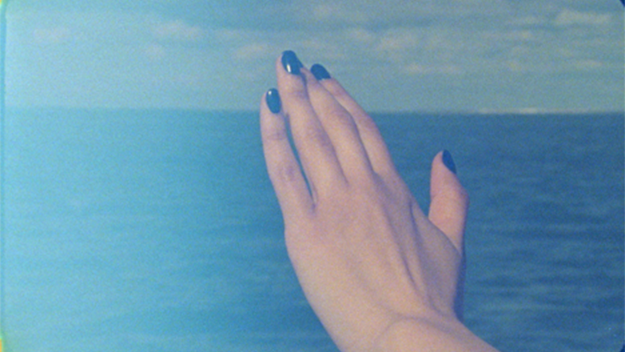
The nearly three-minute prelude to Occidente makes a particularly striking use of a non-image, a pulsing blue that induces this unease and builds tension. How did you arrive at using this motif to bookend the film?
For me, the sequence works as a pairing between this pulsing blue and an aural atmosphere. It’s a musical composition made by my father, Brazilian conceptual artist Guilherme Vaz, who lived with the Zoró indians in the lower Amazon region. For many years he studied their instruments, their gestures, their cosmology, and worked collaboratively with them on aural and painterly experiments. He employs what is called in music theory the mode scale, which is the pre-modern scale defined by a lack of concern with functional harmony, and is often the means by which folkloric and popular music is made. In the film, the composition we hear, “The Calling,” he composed with a European bassoon that he transforms into an Amerindian sounding instrument—taboo into totem. This reversal is particularly poignant if we are to think about a film like Occidente, where this idea of “a one” is never fixed but rather always in the process of perhaps becoming an Other, animal or object, in lineage with the Anthropophagic appetite.
And then the blue is actually a failure-turned-serendipity in the process of making the film. I had planned to go shoot this group of surfers who surf at a beach just outside of Lisbon, a beach from which I had heard a lot of transatlantic ships used to leave during the age of Portuguese discovery in the 15th and 16th centuries. For me, it was telling that that coast was now populated by a group of young surfers who I saw as being part of a continuous lineage. The movement of the surfers seemed to me in line with the desire to conquer, to tame, to expand, always in search of a better and bigger wave, not to mention the infallible potential of falling and failing. Also in economic and political rhetoric we often hear the metaphor of “surfing the wave” as a way of taking the greatest advantage that a certain climax can give you. All of these ideas were there, but when I got the negative back from the lab, there were a number of technical problems and the images didn’t come out. The surfers weren’t there. And all of a sudden, I thought, it doesn’t matter, because the horizon of transatlantic expectation is there. We don’t see the surfers, but the ghosts of the surfers are there. So I’m going to use this particular blue, this vibratory blue that speaks so much about this horizon, of opportunity, discovery, and expectation, as well as its potential violence because it is, as you say, an anxious sort of a scene. And, furthermore, I decided to cut to the hyper-contemporary HD image of practicing surfers borrowed from extreme-sports videos. This is what I was interested in with a film like Occidente: a continuous rupture, a constant mash-up of materials that disrupt the possibility of a historicizing or mastered logic.
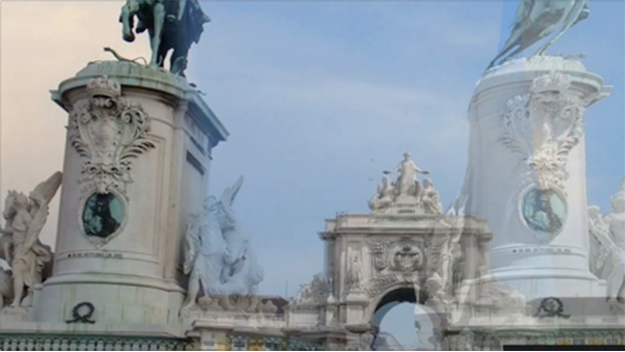
This blending of image sources is also apparent in the way that you render these monuments in Lisbon’s Praça do Comércio later in the film through a virtual tour. You’ve said these monuments become geo-data. Why did you decide to use Google Street View for this sequence?
I was interested in that square in particular, Praça do Comércio or “The Square of Commerce,” which was the administrative center of the Portuguese monarchy and the overseeing center of Portugal’s colonies. The centerpiece monument is a statue of King Joseph I riding his horse and crushing dying serpents underneath his vigorous horse. The statue incarnates a mood of conquest and is adored by the swarms of visiting tourists who frantically photograph the monument, thus rendering the statute a de-historicized fetish, a souvenir, a new commodity. So I thought it would be particularly interesting to make that entire tour out of Google Street View images, through the images that tourists had made themselves around the monument. I felt this was symptomatic of a tendency that I see, particularly in Europe, of the rendering-museum of an entire culture, of the “becoming museum” of Europe, and this “becoming museum” tends to render history as a souvenir, monuments as digital artifacts, and place as coordinates. A capitalistic capture of our surroundings, which happily transforms the tourist into laborer. And so I wanted to transform these standardized image fragments into a different narrative and experience. The film is consistently erring without a pre-determined goal. It is filming itself that becomes a labyrinthine route for thinking, editing becomes a form of writing, and the film punctuates certain cycles and repetitions, and this is not to say that history repeats itself, but perhaps more so to say that there’s a viciousness in its engines.



